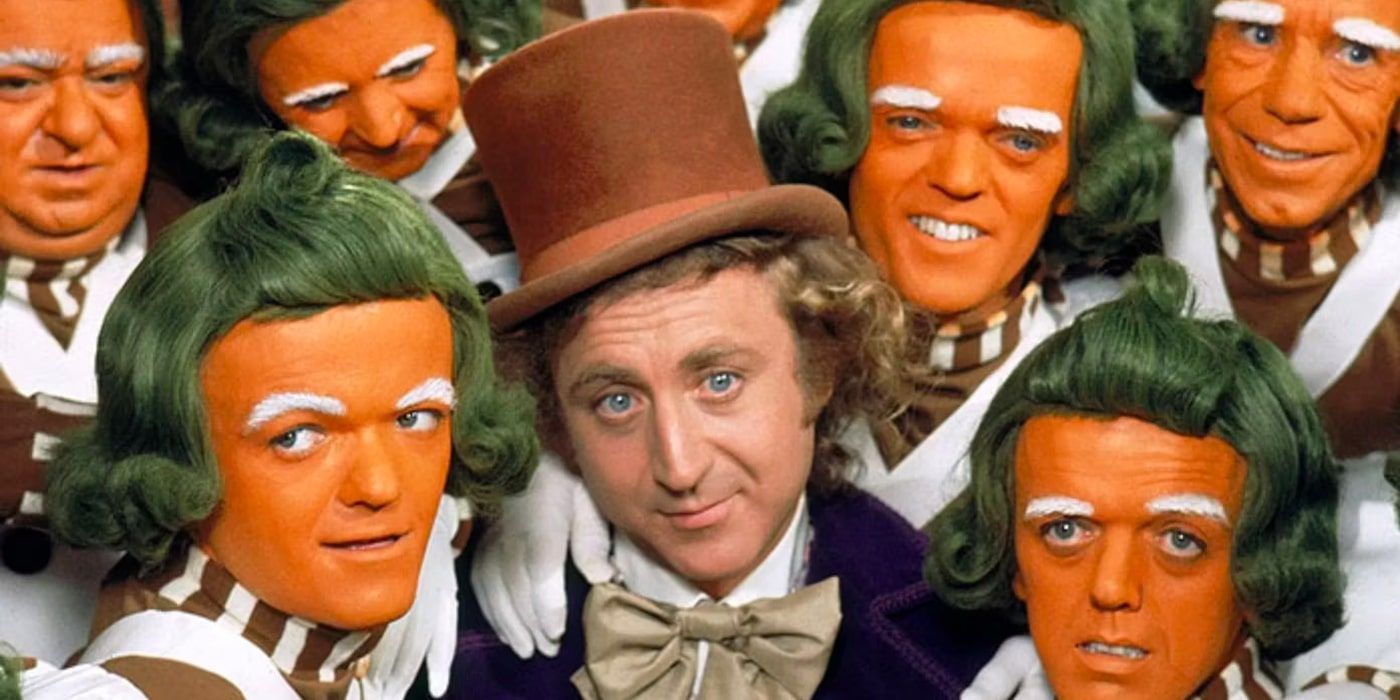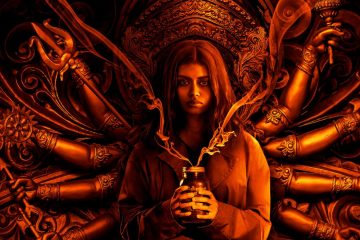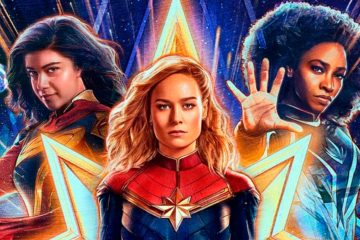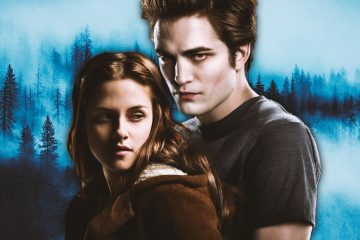They were discovered by the eccentric Willy Wonka, who invited them to live and work at his wondrous chocolate factory. The three film adaptations of Roald Dahl’s children’s novel, Charlie and the Chocolate Factory, introduced the Oompa Loompas to viewers differently. In 1971, Willy Wonka and the Chocolate Factory revealed them to be smaller than average humanoid creatures with orange skin and cartoonish features. Tim Burton’s 2005 adaptation of the story depicted them as identical workers — all played by actor Deep Roy — dressed in flashy clothes. The 2023 prequel Wonka follows the visual style of the 1971 film, with a single orange Oompa Loompa played by Hugh Grant. All three versions depict them as happy in their work, and the factory as a kind of fairy-tale kingdom where they can live in safety.However, that dreamy portrayal was far from the truth. Even in Willy Wonka’s world of pure imagination, concerning signs about the Oompa Loompas never truly diminished. Traces of slavery, white supremacy and capitalistic exploitation existed in every corner: hidden in the plain sight of a lighthearted, magical factory. The issue stems from Dahl’s book, and all three movie adaptations have taken steps to address those dynamics, with varying degrees of success.In the first edition of Dahl’s novel, Oompa Loompas were Black pygmies Willy Wonka imported from “the deepest and darkest part of the African jungle,” according to Jeremy Treglown’s Roald Dahl: A Biography. In 1970, the NAACP issued a statement expressing concerns about the racist portrayal of the Oompa Loompas in light of the then-upcoming film. Dahl himself showed sympathy for their stance, and re-imagined them in the 1973 edition as having “golden-brown hair” and “rosy-white” skin.
They were discovered by the eccentric Willy Wonka, who invited them to live and work at his wondrous chocolate factory. The three film adaptations of Roald Dahl’s children’s novel, Charlie and the Chocolate Factory, introduced the Oompa Loompas to viewers differently. In 1971, Willy Wonka and the Chocolate Factory revealed them to be smaller than average humanoid creatures with orange skin and cartoonish features. Tim Burton’s 2005 adaptation of the story depicted them as identical workers — all played by actor Deep Roy — dressed in flashy clothes. The 2023 prequel Wonka follows the visual style of the 1971 film, with a single orange Oompa Loompa played by Hugh Grant. All three versions depict them as happy in their work, and the factory as a kind of fairy-tale kingdom where they can live in safety.
However, that dreamy portrayal was far from the truth. Even in Willy Wonka’s world of pure imagination, concerning signs about the Oompa Loompas never truly diminished. Traces of slavery, white supremacy and capitalistic exploitation existed in every corner: hidden in the plain sight of a lighthearted, magical factory. The issue stems from Dahl’s book, and all three movie adaptations have taken steps to address those dynamics, with varying degrees of success.
In the first edition of Dahl’s novel, Oompa Loompas were Black pygmies Willy Wonka imported from “the deepest and darkest part of the African jungle,” according to Jeremy Treglown’s Roald Dahl: A Biography. In 1970, the NAACP issued a statement expressing concerns about the racist portrayal of the Oompa Loompas in light of the then-upcoming film. Dahl himself showed sympathy for their stance, and re-imagined them in the 1973 edition as having “golden-brown hair” and “rosy-white” skin.
#Depressing #Truth #Willy #Wonkas #Oompa #Loompa
Note:- (Not all news on the site expresses the point of view of the site, but we transmit this news automatically and translate it through programmatic technology on the site and not from a human editor. The content is auto-generated from a syndicated feed.))



